France. The spiritual homeland of wine. Most, when prodded, will think of France first when asked about wine quality.
I want to talk about three levels of quality, which have legal definitions in viticulture: ‘Villages’, ‘Premier Cru’ and ‘Grand Cru’ – all of which we learnt about in our WSET Level 2 course.
Burgundy
In Burgundy, of Chardonnay and Pinot Noir fame, labelling is straightforward. The quality labels range from regional (Bourgogne AC) all the way to the very specific: the Grand Crus.
The terms to consider are ‘Premier Cru’, and ‘Grand Cru’, which relate to the vineyards. ‘In Burgundy, when we talk about Premier Cru, it’s about the geography,’ our tutor Alex says. ‘Some of the best vineyards will be classified as Premier Cru.’
To be able to put that on your label, all of the grapes must come from that vineyard; most of these wines will also name the village or commune. For example, Gevrey-Chambertin [Commune], Clos Saint-Jacques [Premier Cru Vineyard].
The Grand Cru vineyards are the ‘very, very best’ in Burgundy and with both red and white represent the most premium wines available. You’re in one of the Burgundian ‘Villages’, Gevrey-Chambertin say, and you go into a “tinier, smaller region…an appellation in itself”, says Alex. Our example was Chambertin-Close de Bèze, a Grand Cru in the commune of Gevrey-Chambertin, so if you see “Chambertin-Close de Bèze” on a label, you know you’re drinking something special.
Bordeaux
In Bordeaux, things are a little more complicated. ‘Château’ is used to describe a premium quality wine made on a producer’s own land. It doesn’t mean that the wine has come from a vineyard that has a castle on its grounds. It simply means that the wines produced have not been created from grapes, juice or brought-in wines from elsewhere. If a vineyard has enough money to have an on-site production line, you can assume it’s of good quality. A ‘Grand Vin’ describes the chief wine of a particular château.
Like Burgundy, the standard wines are labelled ‘Bordeaux’. ‘Bordeaux supérieur’ means the wine has to come from a smaller region in Bordeaux. It’s here where the trickiness comes in. Many labelling terms indicating quality are not linked to the appellation system. If the bottle’s label has the words ‘Grand Cru Classé’, which was created in 1855, you’ll be drinking a premium Bordeaux.
Depending on which side of the Gironde River you are, ‘Grand Cru’ is a problematic phrase in Bordeaux. In St-Émilion (right bank), the term is linked to the appellation; yet on the left bank this is a labelling system used by a large number of top quality wines, independent of the appellation system. It’s quite confusing at the top of the quality tree.
A little lower, but still in the very good range of wines, ‘Cru Bourgeois’ is a labelling term for wine that aren’t quite at ‘Grand Cru Classé’ level.
A quite fun fact associated to this is that wines have to apply for ‘Cru Bourgeois’ status every year. I assume, therefore, that if you don’t make the grade, there’ll be some punishment being meted out on a vineyard. That is pure speculation, but I’d like it to be true. There seems to be much more to learn in this hierarchy, but I guess that is what the WSET Level 3 is for.
Rhône Valley
In the Rhône Valley, the labelling is split into two, given the distinct differences between the wines of the Northern and Southern Rhône regions. Even within the two regions there exists a quality hierarchy. The ‘Côtes-du-Rhône’ label – a very recognisable term for any level of wine aficionado – is the generic regional term. Although it theoretically applies to the Northern Rhône, you predominantly see this on Southern Rhône wines.
A little bit higher in the pecking order is ‘Côtes-du-Rhône Villages’, which refers to a cluster of villages all located in the Southern Rhône. The best Rhône wines are labelled ‘Cru’. From this tiny word you will know that the wine is from an individual area, from either Rhône region, and that has been given its own AC status.
Labelling can give you a headache as a wine consumer. There is so much written on the front and back of a wine bottle, it’s hard to know what’s meaningful and what’s just hot air. Armed with this information, sifting through the garbage will be a less arduous task.
All rights reserved by Future plc. No part of this publication may be reproduced, distributed or transmitted in any form or by any means without the prior written permission of Decanter.
Only Official Media Partners (see About us) of DecanterChina.com may republish part of the content from the site without prior permission under strict Terms & Conditions. Contact china@decanter.com to learn about how to become an Official Media Partner of DecanterChina.com.

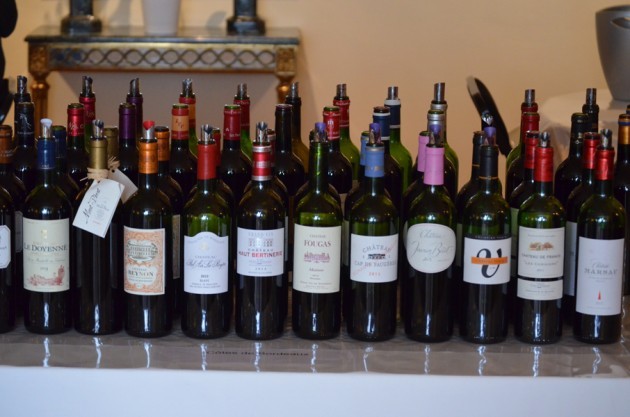
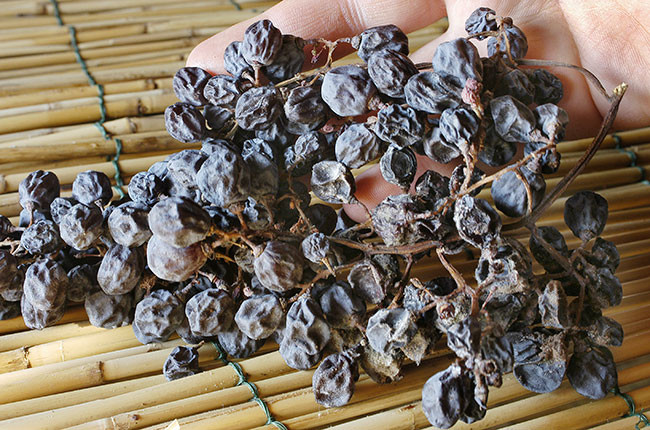
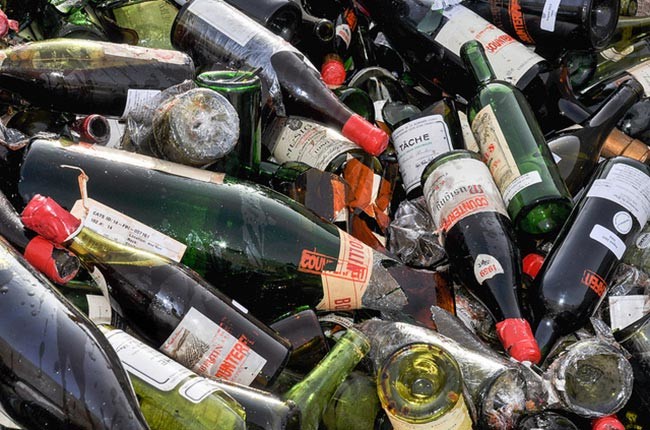
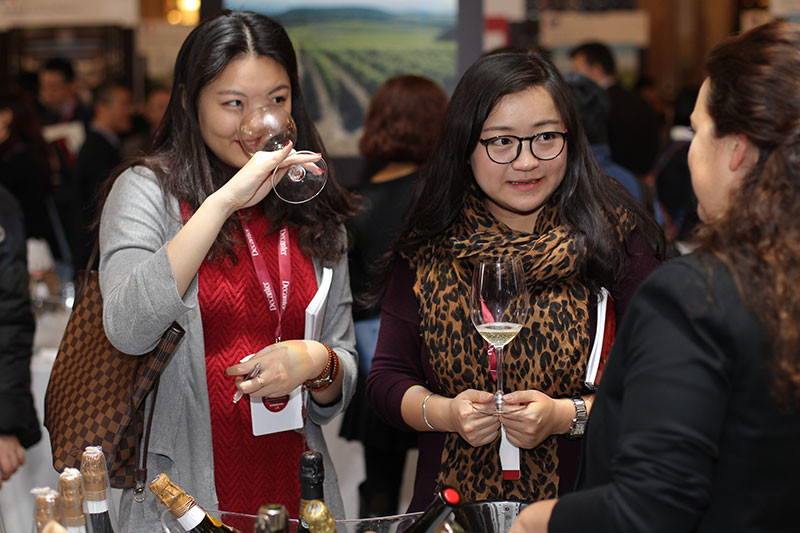
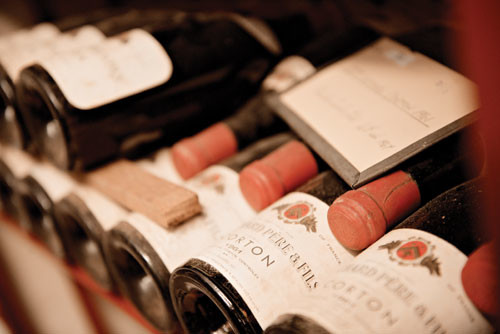
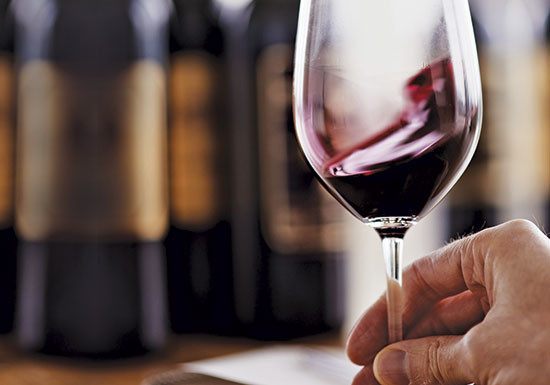
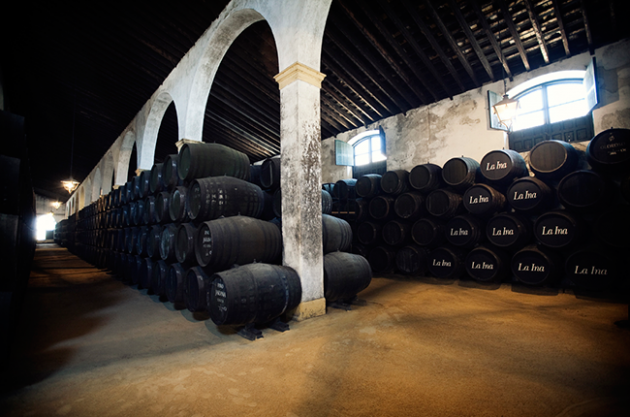
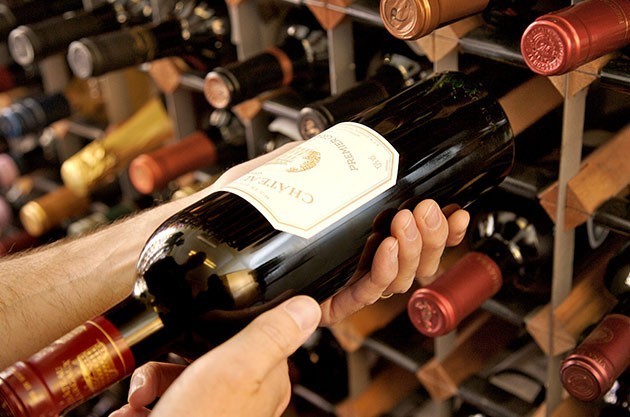
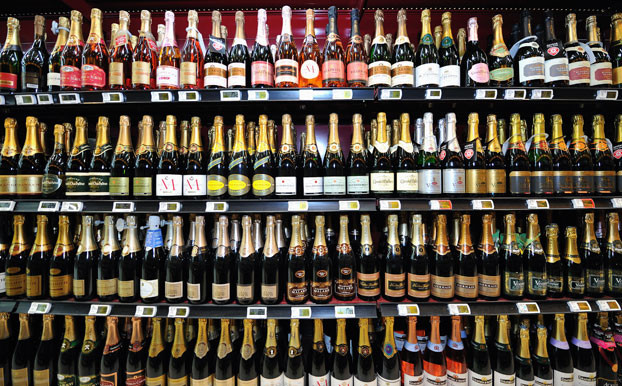
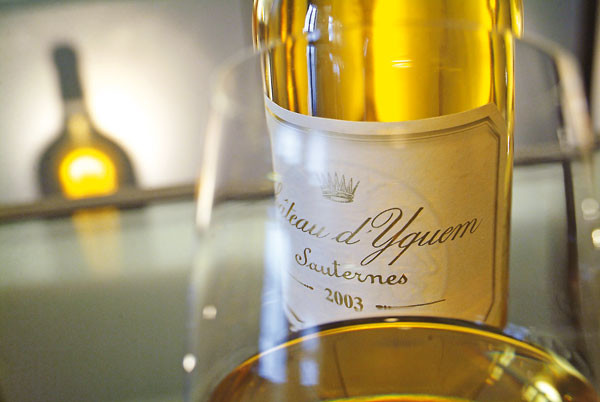
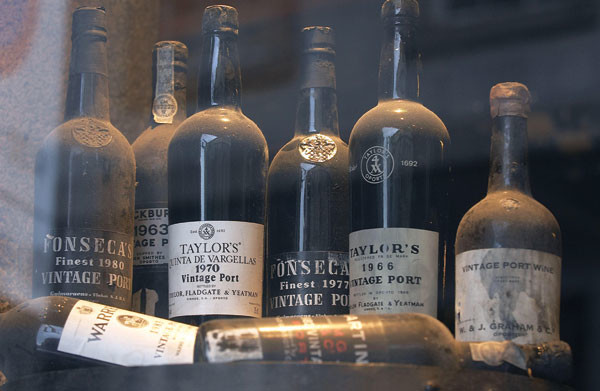
Comments
Submit